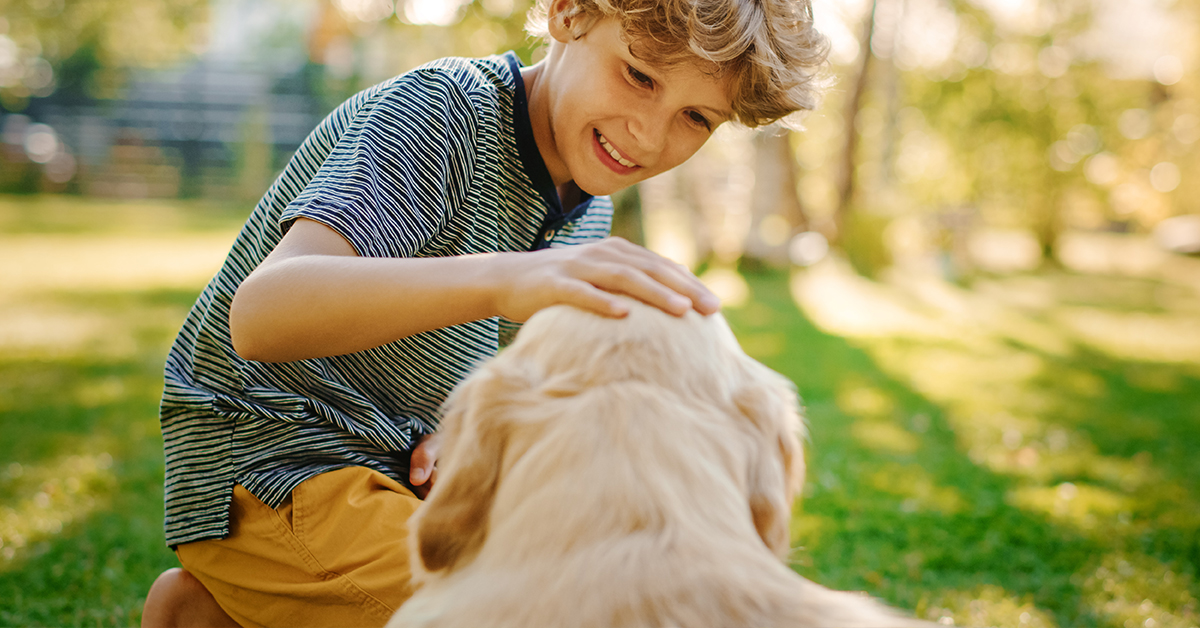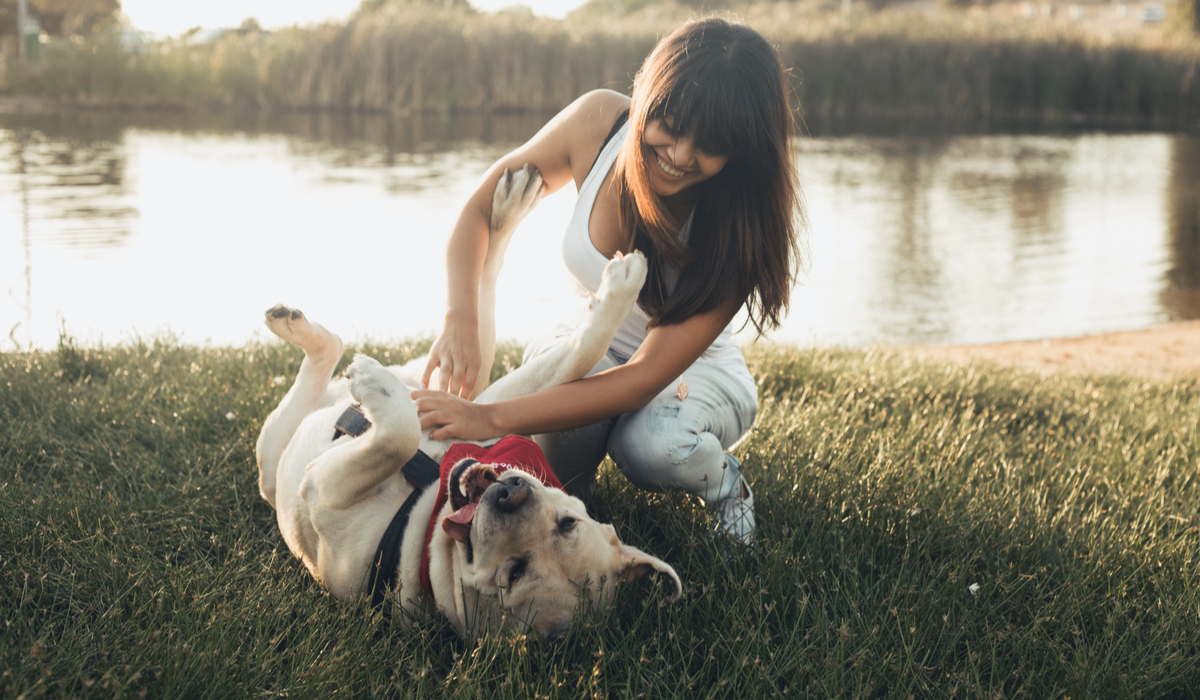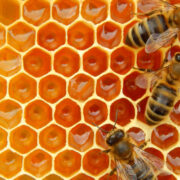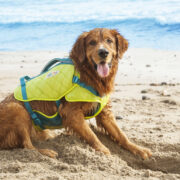Are dogs ticklish? Yes and no. It depends on how you define “ticklish.”
If you’re highly ticklish, you know the sensation of wriggling and giggling when someone tickles your sensitive areas. You may not roll over and ask for a belly rub but there is some similarity in that it’s an involuntary reaction.
Your pup has sensitive areas too. You know if you’re petting or scratching those special spots, then your pooch has an involuntary reaction. You might even wonder when you hit that sweet spot and the hind leg thumps or your dog kicks their leg out, is your pooch ticklish in the same way people are?
Let’s find out.
What Does “Ticklish” Mean Anyway?

Ticklish is a funny word. If you think about it, saying it sounds like wiggly fingers coming for your sensitive spots. (Can’t you see your older sibling coming for you?)
While its origins are unclear, the Online Etymology Dictionary says it dates back to the 1300s and means “to touch lightly so as to cause a peculiar and uneasy or thrilling sensation in the nerves.”
That sounds about right but does it affect our pups the same way it affects us? Kind of.
Scientists say there are two different types of tickling.
Tickle Type 1: Gargalesis
This tongue-twister of a word refers to the type of tickling where you (or your tickle partner) howl with laughter and squirm to get away. You’ve probably experienced this with a friend or sibling as a kid. But for our four-legged friends, this isn’t the usual response.
Tickle Type 2: Knismesis
This type of tickling is different. It feels more like an itch and it triggers a scratch reflex. The scratch reflex is an involuntary response that triggers nerve impulses. These nerve endings send a message to the spinal cord that there’s something there to shake off.
In the wild, your dog’s body could pick up a bug or other irritant so it’s a safety mechanism for your pup. This way, they can shake off fleas or other potential irritants quickly.
However, as you can tell by your pup’s body language, your scratching that sweet spot can feel good. Your dog will probably have all types of involuntary movements that tell you they’re enjoying your touch.
Are Dogs Ticklish? Do Dogs Like Being Tickled?

Dogs vary in their preferences and moods just like people. This means some dogs will enjoy being tickled if they’re in the right mood. You can tell a lot by your dog’s body language. If you’re sitting quietly with your pup and gently start petting certain areas of their body, they’ll give you all the signs if they’re enjoying your touch (apart from a tail wag) and want you to tickle them.
For example, a pooch who’s enjoying your petting will arch into your hand, rub into you, or set his back leg doing the happy hind leg dance once you start the belly rubs. All of these reactions are signs your dog is enjoying whatever you’re doing.
On the other hand, if your dog moves away from you then they aren’t feeling it right now. Maybe they’d rather take a nap or play with a doggie enrichment toy.
Additionally, giving in to the tickle response requires a high degree of trust. If you adopt a new dog, they may not be ready for this degree of touch at first. When your dog lets you near its ticklish spots, he or she is indicating that you’re trustworthy and your pooch feels relaxed and open.
Common Tickle Spots
Are dogs ticklish? Every dog has different sensitive spots but there are some areas of the body that can be ticklish. For example, the side of the belly near the hind legs are typical ticklish areas. You probably hit this one when your pup presents his or her belly. They may enjoy the belly rub well enough but that might also be an invitation for tickling the lower belly near the hind legs.
For other pups, they’re ticklish around their ears, paws, or armpits. Many dogs are sensitive on their backs near their tails. When you scratch their backs near their back legs and they arch their back up, that’s a positive tickle response. You’ll know when you’ve hit the sweet spot by your dog’s reaction.
You can learn where your dog’s favorite spots are if you pay attention!
Can Dogs Laugh?

With humans, being tickled and laughter goes hand-in-hand. But what about with your pup? Do they also laugh when tickled?
New research shows that dogs do make sounds that could be interpreted as laughter to other dogs, especially when they’re playing. For example, if you watch two pups play together, there’s a panting sound you may hear that scientists say indicates fun and playtime. This is similar to how they communicate when sneezing. That way, the dogs can distinguish between rough play that’s play vs. aggression.
However, it’s unlikely you’ll hear a dog giggle, and these sounds aren’t associated with tickles.
Should You Tickle Your Dog?
It’s up to your pup. If your pooch wants you to tickle him or her, you’ll know. Aware dog owners know when their pup is feeling playful. Often that means they want belly rubs and will kick that hind leg out in involuntary response. Others prefer you to scratch their armpits or other sensitive areas.
Tickling your dog can be fun for both of you. You’re showering them with attention, which they love, and when they’re ready for something else, they’ll let you know they’re done. Usually, they’ll move out of your reach.
Now that you know that dogs can be ticklish, you can take special note of his or her likes and dislikes. Your pup has their favorite sweet spots just like you.
Will you tickle your dog today?

